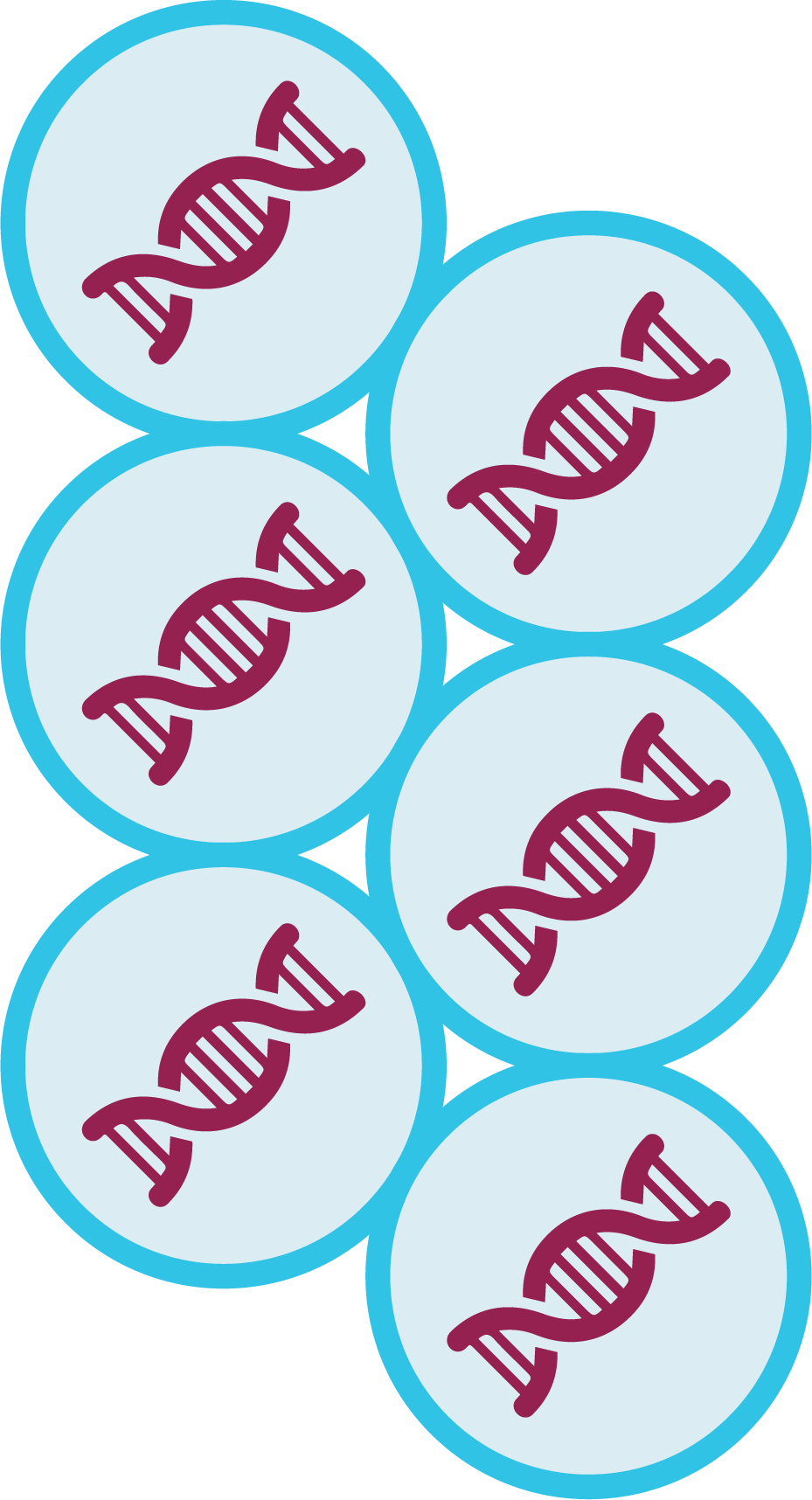
What is gene therapy?
Genes are inherited from your parents, they act as a set of instructions for many functions in the cells of the body. However, some people are born with a gene that does not work properly (called a mutation) which can lead to conditions such as Fabry disease.
Gene therapy is an experimental technique that uses genes to treat or prevent disease. There are already a few gene therapies that have been approved to treat diseases. In the future, this technique may allow doctors to treat more disorders by inserting a gene into patients’ cells instead of using drugs or surgery.
Researchers are testing several approaches to gene therapy to fight disease:
- Replacing a gene that is not normal (mutated) with a healthy copy
- Making a mutated gene inactive
- Introducing a new gene into the body to help fight a disease
What is ST-920 and how does it work?
In Fabry disease, the gene called galactosidase alpha (GLA), that provides instructions for making an enzyme called alpha-galactosidase A (α-Gal A), does not function correctly.
When α-Gal A enzyme is produced in low quantities, a fatty substance called Gb3 builds up in the tissues, causing disease in vital organs.

ST-920 is designed to deliver a healthy copy of the GLA gene to the liver. The liver should then be able to produce the α-Gal A enzyme and secrete it via the blood stream to the rest of the body. It is hoped that a potential increase in the α-Gal A enzyme in the blood could reduce the need for use of current treatments for Fabry disease.
Infographic download
To learn more about gene therapy approaches in development for Fabry disease, please click and download the infographic below.
